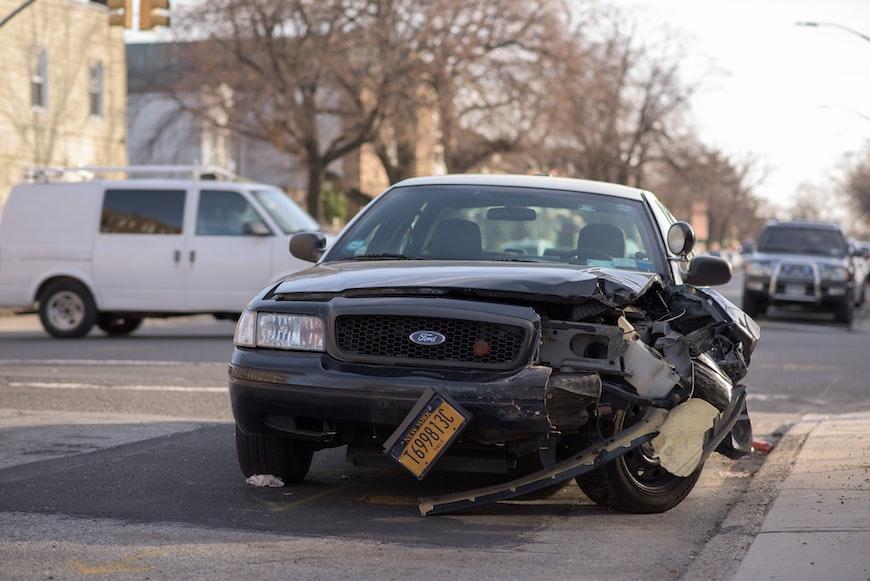 (281) 587-1111
(281) 587-1111  (281) 587-1111
(281) 587-1111 
Being involved in a car accident can be a traumatizing experience, not to mention the physical toll it has on your body. The sheer act of hitting the brakes or the collision itself can cause the body to shake violently, which may result in injury and damage.
Accidents happen no matter how good a driver you may be and how many years of experience you have driving. As such, it is important to understand what happens to your body during an accident. As you go in your vehicle, your body and the car have what is called kinetic energy. This is a ” form of energy that an object or a particle has because of its motion.
Kinetic energy is a property of a moving object or particle and depends not only on its motion but also on its mass.” when you decide to stop your vehicle, you press down on the brakes, and that kind of energy transfers into the brakes, and you stop.
However, when that stop is sudden due to a collision with another vehicle or object, the kinetic energy is absorbed by your body and can lead to injuries.
While some modern cars are designed to protect people by absorbing kinetic energy at the time of impact, the body absorbs some of the kinetic energy in high-speed accidents. An auto accident attorney can help you during any such mishap.
Injuries associated with kinetic energy transfer during the accident vary in severity. If you have suffered harm from a vehicle accident, contact a Houston car accident lawyer for legal advice and representation. Some of these injuries include:
Car accidents can have severe consequences for the human body. The transfer of kinetic energy during a collision can lead to various injuries, including head trauma and neck injuries such as whiplash, spinal injuries, and internal injuries. The head and body’s motion can be abruptly stopped upon impact, causing head trauma and potential brain injuries.
Rear-end collisions can result in whiplash, damaging the neck, spine, and back. The force of the accident can also cause spinal injuries and disc herniation.
Visit https://baumgartnerlawyers.com/ to know more!
6711 Cypress Creek Pkwy, Houston, TX, 77069
(281) 587-1111
Related Articles:
Ruptured Discs after a Car Accident
About Concussions after a Car Accident
Why are Settlements Larger for Truck Crashes?
How Much Space You Need Between Cars at Highway Speeds?
NEED HELP? HAVE QUESTIONS?